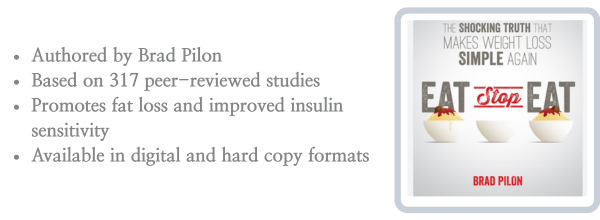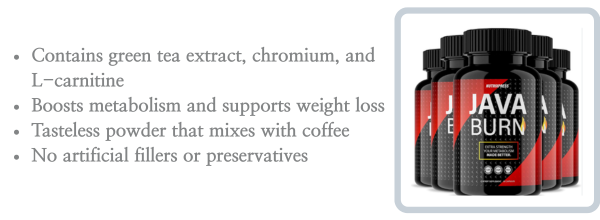
You’ve probably heard whispers (or, let’s be real, TikTok rants) about this thing called the “One Meal a Day” or OMAD diet. It seriously flips the usual breakfast-lunch-dinner routine on its head: just one big meal every 24 hours, and that’s it. Sounds a bit wild, right? Yet plenty of folks are convinced it’s the ticket to rapid weight loss and razor-sharp focus. Of course, it’s not all miracle results—there’s hunger to wrestle with, energy crashes that can sneak up on you, and legit concerns about whether it’s actually safe long-term. Let’s take a look at what OMAD is really about—the good, the messy, and the maybe-not-worth-it. You know those days when lunch feels a million years away and your stomach’s basically yelling at you? Imagine signing up for that feeling, but on purpose, almost every day. That’s the One Meal a Day diet in a nutshell. And strangely enough, tons of people say it’s the best thing ever. I’ll admit, my first thought was, “Why on earth would anyone do that to themselves?” But the whole thing has built up a kind of loyal fandom. Clearly, there’s something that draws people in—maybe some hidden perk, or at least a reason they’re willing to put up with the craziest kind of hunger.

You’ve probably heard whispers (or, let’s be real, TikTok rants) about this thing called the “One Meal a Day” or OMAD diet. It seriously flips the usual breakfast-lunch-dinner routine on its head: just one big meal every 24 hours, and that’s it. Sounds a bit wild, right? Yet plenty of folks are convinced it’s the ticket to rapid weight loss and razor-sharp focus. Of course, it’s not all miracle results—there’s hunger to wrestle with, energy crashes that can sneak up on you, and legit concerns about whether it’s actually safe long-term. Let’s take a look at what OMAD is really about—the good, the messy, and the maybe-not-worth-it.
You know those days when lunch feels a million years away and your stomach’s basically yelling at you? Imagine signing up for that feeling, but on purpose, almost every day. That’s the One Meal a Day diet in a nutshell. And strangely enough, tons of people say it’s the best thing ever. I’ll admit, my first thought was, “Why on earth would anyone do that to themselves?” But the whole thing has built up a kind of loyal fandom. Clearly, there’s something that draws people in—maybe some hidden perk, or at least a reason they’re willing to put up with the craziest kind of hunger.
OMAD really is as simple—and as hardcore—as it sounds. You pick a single hour out of your day, and that’s the only time you eat anything. The remaining 23 hours? Water, maybe black coffee, and a whole lot of discipline. For some, the lack of food decisions is freeing. All day, you don’t have to think about what’s for breakfast or where to grab lunch. Instead, you’ve got one satisfying meal to plan. The main hype is definitely about weight loss—because, let’s face it, it’s tough to overeat if you only allow yourself to feast for one hour. Some die-hard fans even claim they feel more energetic or laser-focused once their body gets used to it (though, fair warning, your mileage may seriously vary). It’s like someone took regular intermittent fasting, cranked the intensity way up, and said, “Let’s see what happens if you skip everything except dinner.” It kind of turns eating into a daily event—a weird thrill ride between intense hunger and food euphoria.
But does it really work? Well, the answer is kind of all over the place. People absolutely lose weight, often pretty quickly, at least at the start. It just kind of makes sense—you simply can’t eat as much in an hour as you would in a whole day. But, as with most things that sound too good to be true, there’s a catch (or a few). I had a close friend who gave OMAD a serious try; she basically melted at first—pants got loose, confidence shot up. A week or two in though, she’d get hangry for real, spaced out during conversations, and wobbled through her workouts. So yeah, fast-track results, but also some rough side effects. There’s even a 2022 study floating around that points to a higher risk of dying from heart problems for people who stick to OMAD. Plus, skipping out on meals for that long can mess with your head and eating patterns—some folks end up bingeing or just thinking about food all the time, which isn’t exactly healthy.
If you’re after some of the positives like easier calorie control or a sharper mind, but you’d rather not feel like a zombie by 5pm, something a bit less extreme—like the 16/8 intermittent fasting thing—might be better. Skip breakfast, eat a hearty lunch and dinner, and you’ll probably keep most of the benefits without those hunger mood swings. Honestly, most dietitians will nod and say no single formula is perfect for everyone anyway. A lot depends on what your own body tolerates, how you want to feel, and even your daily schedule. What works for your neighbor might leave you pretty miserable, so it’s worth figuring out what helps you feel (and live) your best, rather than just chasing another online trend.
At the end of the day, tuning into what your body is actually telling you might be the smartest “diet” of all. The pros will say it again and again: real, lasting habits come from paying attention to hunger and fullness—not forcing yourself into some rigid program just because it’s popular.
Everybody’s wired differently. There’s no magic bullet when it comes to food, no universal plan that works for every person, every lifestyle, every situation. Genetics, stress, how you’re sleeping—all of that stuff influences how you feel about food and how your body reacts to different eating schedules. And sometimes, just being gentle with yourself and your cravings is more important than any plan you could find online.

At the end of the day, tuning into what your body is actually telling you might be the smartest “diet” of all. The pros will say it again and again: real, lasting habits come from paying attention to hunger and fullness—not forcing yourself into some rigid program just because it’s popular.
Everybody’s wired differently. There’s no magic bullet when it comes to food, no universal plan that works for every person, every lifestyle, every situation. Genetics, stress, how you’re sleeping—all of that stuff influences how you feel about food and how your body reacts to different eating schedules. And sometimes, just being gentle with yourself and your cravings is more important than any plan you could find online.
Sources
-
The surprising ups and downs of “One Meal a Day”—what Healthline thinks
-
Is OMAD safe? A look at the good and bad sides – Medical News Today
-
OMAD: What you really need to know – Health
Today’s related searches: omad meal prep tips, how to start omad diet safely, one meal a day nutrition plan, beginner omad meal ideas, maintaining energy on omad diet
Each offers exceptional value and is designed to support your health in meaningful ways


